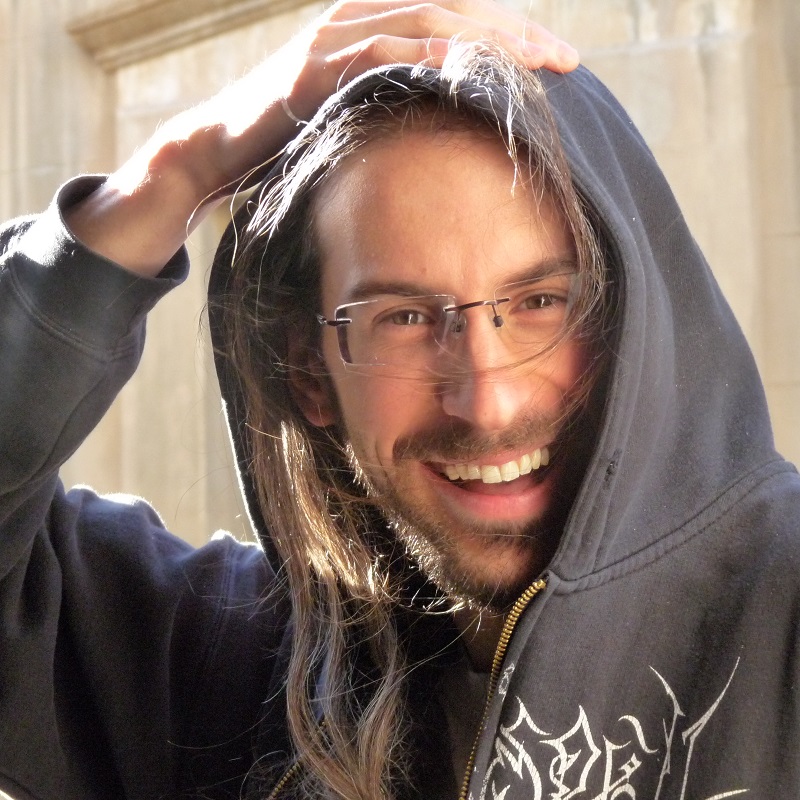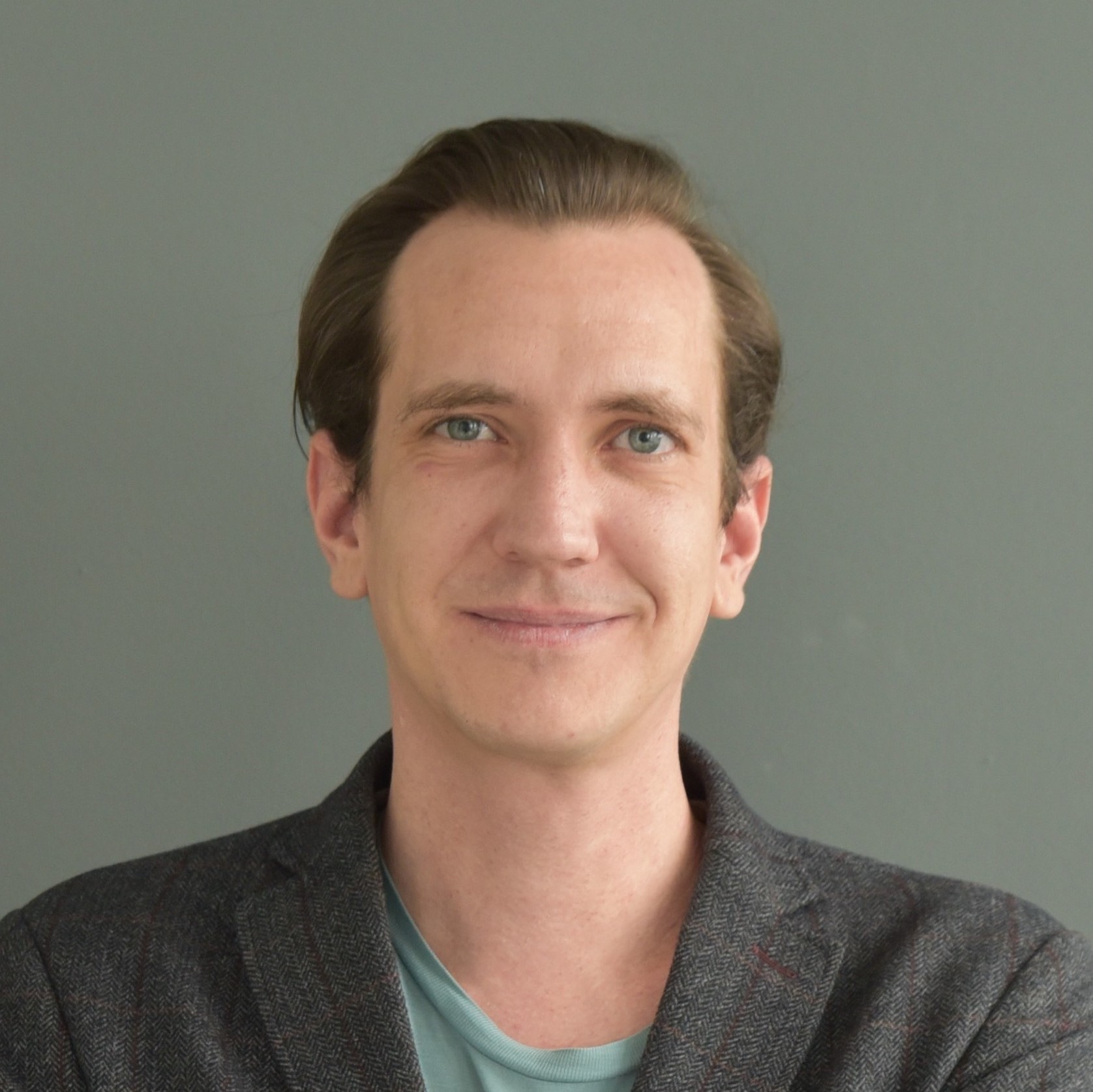Spatial Networks of Knowledge
Luca Maria Aiello - Nokia Bells Lab Cambridge, UK
Abstract
While great emphasis has been placed on the role of social interactions as driver of innovation growth, very few empirical studies have explicitly investigated the impact of social network structures on the innovation performance of cities. Past research has mostly explored scaling laws of socio-economic outputs of cities as determined by, for example, the single predictor of population. Here, by drawing on a publicly available dataset of the startup ecosystem, we build the first Workforce Mobility Network among US metropolitan areas, and found that node centrality computed on this network accounts for most of the variability observed in cities' innovation performance. We attempted to generalize this paradigm to social media data by applying advanced NLP tools to online conversations with the aim of inferring the network of knowledge exchange between US states. We found that economic growth of a region is predicted much more accurately by the small fraction of social ties characterized by knowledge and trust than considering all ties indiscriminately. Our finding provides a first example of how open data and NLP could open up a novel way to model networks of exchange of non-material resources (such as knowledge) and to produce more nuanced, interpretable, and predictive network models of societal growth.
Bio

Modelling Complexity Across Scales to Achieve Sustainable Urban Systems
Roger Cremades - Wageningen University & Research, the Netherlands
Abstract
Understanding how to create social tipping in urban systems, and the magnitude of change needed to make a difference in sustainability with implications on the regional components of the Earth system requires understanding of cross-scale phenomena, from citizen to neighbourhood and metropolitan area, from city to river basin, and from city to region. Complex systems science is a fundamental ingredient to model cross-scale phenomena. We will explore how to cross scales and showcase ongoing applications from economic experiments for consumers, producers and intermediate suppliers aiming to provide detailed understanding on how to trigger social tipping and change towards sustainability, and how to use experimental insights on models based on agents, stocks and flows, and networks at the neighbourhood and metropolitan scales. Then we will connect the metropolitan scale to growing scarcities under climate change and covid19 at river basin, region and global levels. Beyond systems understanding, our goal is to provide key input to the policy community, and a few examples of how (not) to communicate complexity to policy- and decision-makers will be shown and discussed.
Bio

DataDiVR - A Virtual Reality platform for exploring complex networks
Jörg Menche - Max Perutz Labs, University of Vienna, Austria
Abstract
Networks provide a powerful representation of complex systems of interacting components. In addition to a wide range of available analytical and computational tools, networks also offer a visual interface for exploring large data in a uniquely intuitive fashion. However, the size and complexity of many networks render static visualizations on common screen or paper sizes impractical and result in proverbial 'hairballs'. Here, we introduce an immersive Virtual Reality (VR) platform that overcomes these limitations and unlocks the full potential of visual, interactive exploration of large networks. Our platform is designed towards maximal customization and extendibility, with key features including import of custom code for data analysis, easy integration of external databases, and design of arbitrary user interface elements. Our platform represents a first-of-its-kind, general purpose VR data exploration platform in which human intuition can work seamlessly together with state-of-the-art analysis methods for large and diverse data.
Bio

Spatially-resolved modeling and control of COVID-19 spreading
Alessandro Rizzo - Politecnico di Torino, Italy
Abstract
To date, the only effective means to respond to the spreading of COVID-19 pandemic are non-pharmaceutical interventions (NPIs), which entail policies to reduce social activity and mobility restrictions. Quantifying their effect is difficult, but it is key to reduce their social and economical consequences Here, we introduce two different modeling paradigms able to model the spreading of COVID-19, explicitly accounting for spatial resolution at different scales. The introduced models are valuable forecast tools, as well as support systems to perform what-if analyses and inform the application of containment policies in urban environments (or wider ones).
First, we introduce a meta-population spatially-resolved model based on temporal networks, calibrated on the COVID-19 outbreak data in Italy and apt to evaluate the outcomes of these two types of NPIs. Our approach combines the advantages of granular spatial modeling of meta-population models with the ability to realistically describe social contacts via activity-driven networks. We provide a valuable framework to assess the viability of different NPIs, varying with respect to their timing and severity, at different spatial scales, from city neighborhoods to entire countries. Furthermore, an agent-based modeling platform to simulate the spreading of COVID-19 at the resolution of a single individual in small towns and cities is proposed and demonstrated on real data from New Rochelle, NY —where the first outbreak was registered in the United States. The model explicitly considers disease transmission in residential buildings and different public locations within a statistically realistic population, and accounts for different types of testing. Results suggest that the effects of mobility restrictions largely depend on the possibility to implement timely NPIs in the early phases of the outbreak, whereas activity reduction policies should be prioritized afterwards.
First, we introduce a meta-population spatially-resolved model based on temporal networks, calibrated on the COVID-19 outbreak data in Italy and apt to evaluate the outcomes of these two types of NPIs. Our approach combines the advantages of granular spatial modeling of meta-population models with the ability to realistically describe social contacts via activity-driven networks. We provide a valuable framework to assess the viability of different NPIs, varying with respect to their timing and severity, at different spatial scales, from city neighborhoods to entire countries. Furthermore, an agent-based modeling platform to simulate the spreading of COVID-19 at the resolution of a single individual in small towns and cities is proposed and demonstrated on real data from New Rochelle, NY —where the first outbreak was registered in the United States. The model explicitly considers disease transmission in residential buildings and different public locations within a statistically realistic population, and accounts for different types of testing. Results suggest that the effects of mobility restrictions largely depend on the possibility to implement timely NPIs in the early phases of the outbreak, whereas activity reduction policies should be prioritized afterwards.
Bio
